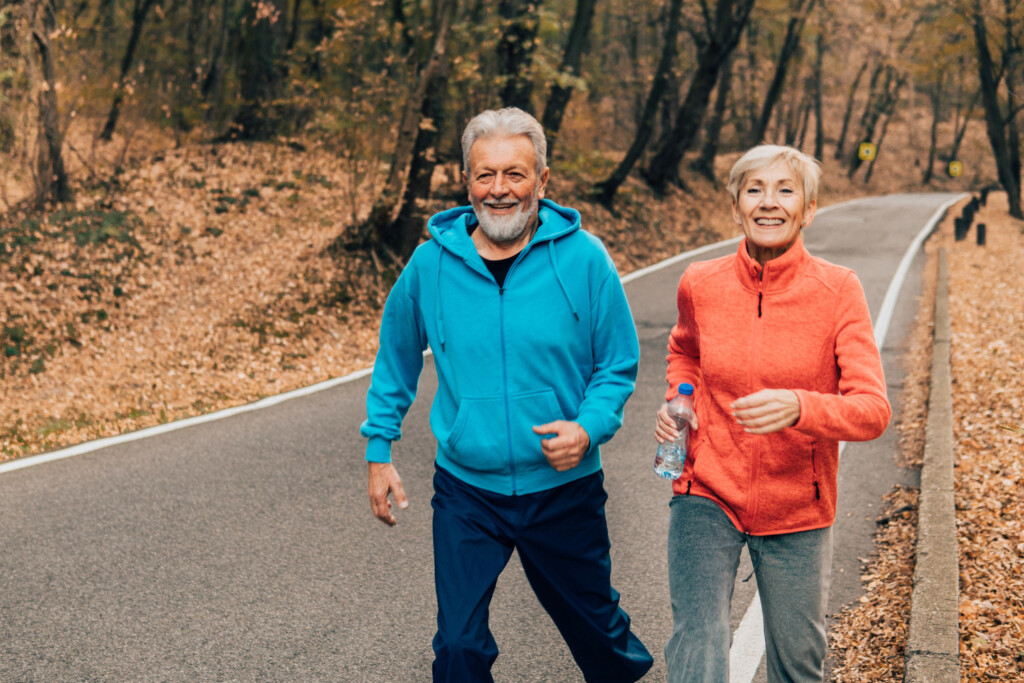Essential Tips for Fall Prevention: Staying Safe as You Age

September is National Fall Prevention month, a time dedicated to raising awareness about the risks and prevention strategies for falls among older adults. Falls are a common but preventable occurrence that significantly impact the health and independence of older adults. Falls are the leading cause of injury for adults ages 65 years and older. According to the CDC, more than 1 in 4 adults report falling every year, but less than half report this to their doctor. By focusing on fall prevention strategies, we can help our loved ones stay safe, active and healthy as they age.
Why do falls happen?
Most falls result from a combination of risk factors that contribute to falling such as:
- lower body weakness
- vitamin D deficiency
- difficulties with walking and balance
- vision problems
- foot pain or poor footwear
- medication side effects (even some over-the-counter medicines can affect balance and how steady a person is on their feet)
- home hazards such as broken or uneven steps.
Each year falls cause about 300,000 hip fracture-related hospitalizations among older adults, with a high percentage of these fractures leading to emergency visits, hospitalizations, and deaths, especially among women. The risk of breaking a hip increases with age.
The more risk factors a person has, the greater their chances of falling. Many falls don’t cause injuries, but around 37% of people who fall do get hurt and need medical care or have to limit activities for at least a day. These injuries can make it hard for a person to move around, complete daily tasks or live independently.
Preventing a fall
Ask your doctor or healthcare provider to evaluate your risk for falling and discuss specific steps you can take. Have your doctor or pharmacist review all your medications. Make sure to get screened for osteoporosis and receive treatment if needed. Have your eyes checked annually and update your glasses if needed. Engage in exercises that strengthens your legs and improves your balance, such as Tai Chi. Without the practice of daily movement, a person’s body becomes weaker, which increases their chances of falling. Try out these simple home exercises for improving balance and strength:
- single leg stand
- toe to heel walk
- sit to stand
Additionally, there are steps to make a living space safer. Remove tripping hazards, such as rugs and cords. Add grab bars in the bathroom and install railings on stairs. Lastly, ensure that all rooms and entry ways have adequate lighting.
Next steps
If you are curious about your personal risk of falling, take the online “Falls Free Checkup” from the National Council on Aging. Also, check out the Anacortes Senior Center for their annual Fall Prevention Fair at the end of September.
By taking these proactive steps, older adults can significantly reduce their risk of falling and maintain their independence and quality of life. Fall prevention is a vital aspect of healthy aging, and spreading awareness during National Fall Prevention Month can help protect our loved ones and community members from preventable injuries.
